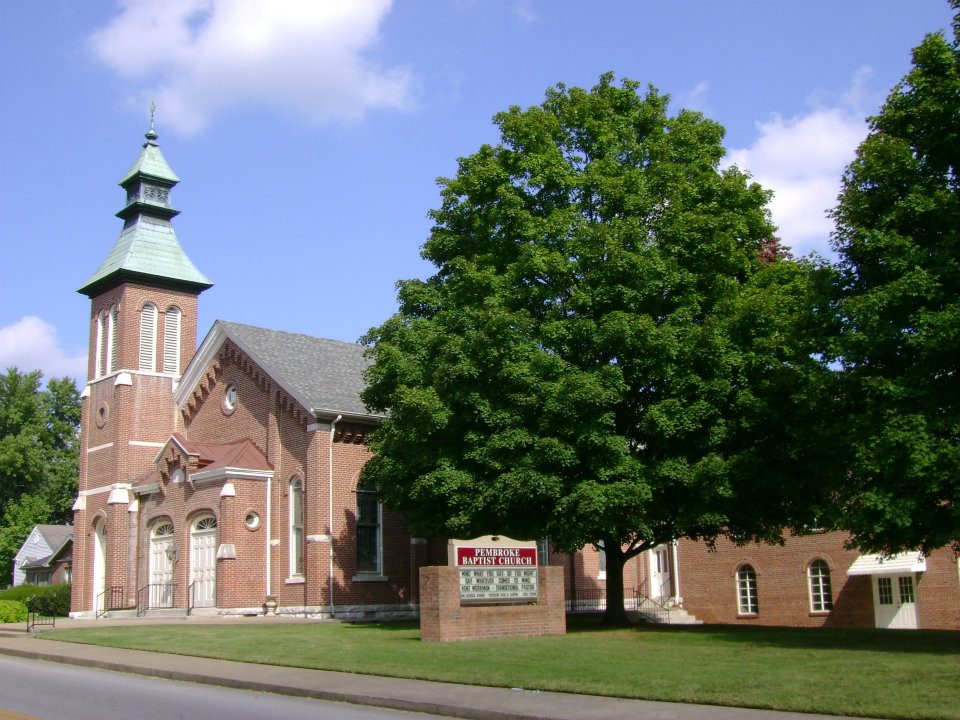
I visited a church recently where I had been asked to walk through the facilities and observe Sunday School to help the staff/church assess current reality. This is always an opportunity to affirm, ask questions, and share ideas. Often there are blindspots by the staff and Sunday School leadership that come out through this observation, questioning, and reporting.
The experience reminds me of a self-awareness tool which is called the Johari Window. As a reminder, this is what it looks like:
| Known about Self | Unknown about Self | |
| Known by Others | Known Self | Hidden Self |
| Unknown by Others | Blind Self | Unknown Self |
In summary, there are parts of self that we know and others know (Known). There are parts of self that are known by others but unknown by self (Hidden). There are parts of self that are known by self but unknown by others (Blind). And there are parts of self that are unknown by both self and others.
When this same window grid is applied to Sunday School, this is what it looks like:
| Known about Sunday School |
Unknown about Sunday School |
|
| Known by Others about Sunday School |
Known
|
Hidden
|
| Unknown by Others about Sunday School |
Blind
|
Unknown
|
To make the tool even more helpful, let’s convert the grid into four questions to assess our Sunday School:
1. KNOWN: What do we know (positive, negative, or neutral) about Sunday School that others also know?
2. HIDDEN: What do we not know (positive, negative, or neutral) about Sunday School that others do know?
3. BLIND: What do we know (positive, negative, or neutral) about Sunday School that others don’t know?
4. UNKNOWN: What do we and others not know (positive, negative, or neutral) about Sunday School?
Obviously, Known and Blind are easiest (but also essential) for us to assess and address. But how do we increase what is Known about Sunday School and in the process reduce what is Hidden? How can we increase what is Known and decrease what is Blind (unknown by others), for instance the benefits of Sunday School? When we reduce (address) the Hidden and the Blind, there will be less confusion, greater clarity and understanding, and likely greater effectiveness.
There are at least three ways we might approach this effort. First, we could gather Sunday School leaders for a retreat. Check out Giving Sunday School Direction Through a Planning Retreat, Sunday School Retreating to Move Forward, and Sunday School Retreat: Key to Improvement and Growth for more on a Sunday School retreat. Evaluation of Sunday School and consideration of the questions above would be part of the retreat agenda.
Second, we could send out a survey to Sunday School leaders, Sunday School members, and/or those who are not Sunday School members. Each of those surveys might be significantly different, aimed at uncovering different things. Make sure you give opportunity to affirm strengths/successes as well as criticize/identify needs for change and improvement.
Third, we could invite someone to conduct a “mystery shopper” visit to evaluate the facilities and experience of Sunday School. This person would not be a member of that church and would have a fresh set of eyes and would write up a report. We could even give the individual a set of questions (written in nonchurchy language) to answer. He/she would come unannounced to the Sunday School and church–only known by the person who enlisted him/her.
To take these steps is risky! It can expose areas about Sunday School about which we are Blind or which are Hidden. Sometimes we are happily oblivious but less effective. So I recommend entering this effort prayerfully and with thick skin. And avoid this effort alone. Make this a team concern. Avoid seeking only the negative. Affirm strengths and positives while also working on areas which need adjustment. Remember that God deserves our best effort and so does His bride! Make disciples. Be revolutionary!
Leave a Reply